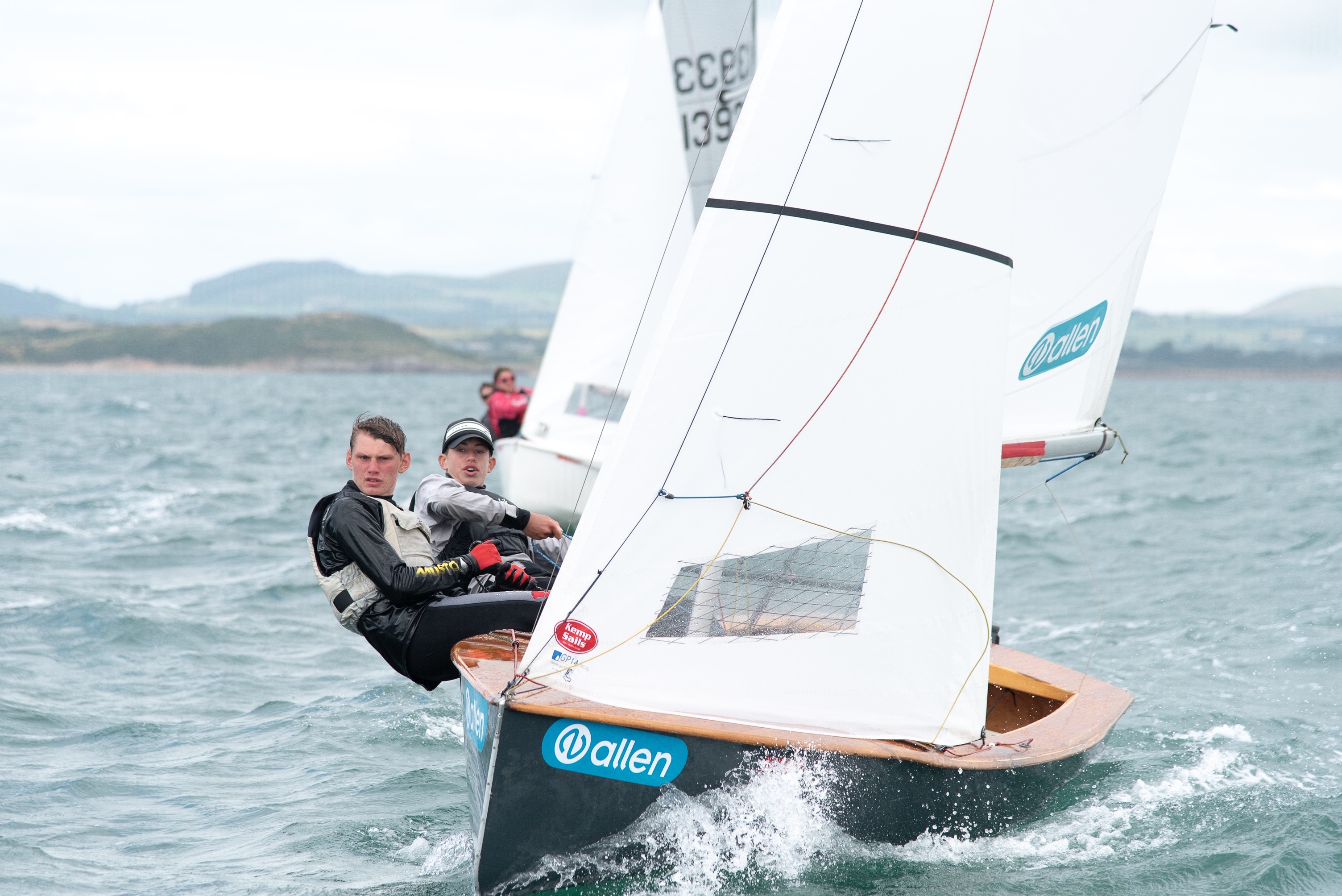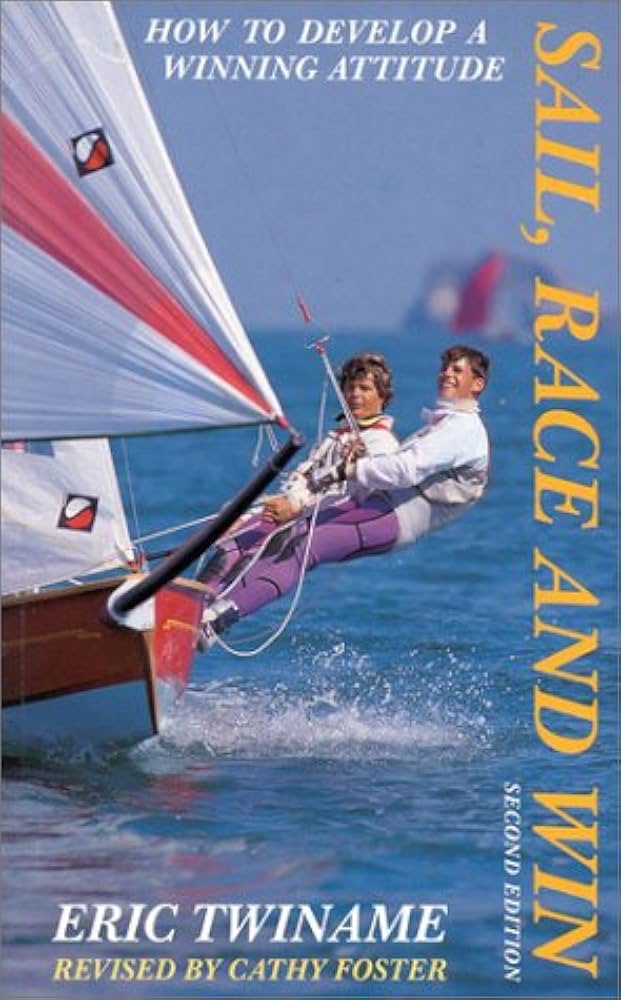
How to Think Like a Champion
Lessons from Sail, Race and Win by Eric Twiname
If you ask the world's best sailors what separates winners from the rest, they'll rarely say "luck" or "boat speed." Instead, they'll talk about thinking clearly, staying calm, and learning faster — exactly the ideas that Eric Twiname captures in his classic book, Sail, Race and Win.
Originally written for competitive sailors but valuable for anyone who races, Sail, Race and Win isn't just a manual on tactics — it's a guide to the sailor's mental and strategic development. Here are the key insights you can use to raise your racing game.

Get the Full Book
Sail, Race and Win by Eric Twiname
Want to dive deeper into championship-level racing psychology and strategy? Eric Twiname's complete guide is essential reading for any serious GP14 racer looking to improve their mental game and tactical thinking.
Buy on AmazonAs an Amazon Associate, we earn from qualifying purchases. This helps support our GP14 sailing content.
1. Sailing Is a Mental Sport
Twiname argues that racing success starts in the mind. Emotions like frustration, fear, or overconfidence cloud judgment — while calm focus keeps you fast and adaptable. The best sailors treat each leg as a fresh start and each setback as data.
"The sailor who can think clearly when others can't will always find a way to win."
2. Become Your Own Coach
One of Twiname's core messages: self-coaching. Great sailors don't wait for advice — they analyze themselves. Keep a short journal after every session:
- What decisions worked?
- What didn't?
- What conditions were present?
- What will I do differently next time?
This cycle of observation → reflection → improvement is the true foundation of progress.
3. Smoothness Beats Force
Twiname stresses that control and rhythm matter more than brute effort. The fastest sailors look calm — no wasted motion, no jerky steering. Every adjustment should maintain flow, not fight it. When the boat feels balanced and alive, you're already ahead.
4. Strategy vs. Tactics — Know the Difference
A common trap for racers is confusing long-term strategy with short-term tactics.
Strategy
Strategy is the big picture: which side of the course is favored, how the breeze will evolve.
Tactics
Tactics are the moment-to-moment choices that serve that plan: covering, crossing, positioning.
Twiname reminds us that chasing every nearby boat destroys focus. Sail your plan — and let your tactics support it, not replace it.
5. Awareness Is Everything
Winners are constantly watching — the water texture, cloud movement, fleet positioning. Twiname teaches you to look outside the boat more than inside it. The earlier you see the next shift or puff, the more options you have.
It's not about reacting fast — it's about anticipating early.
6. Consistency Wins Regattas
A single great race means little if the rest fall apart. Twiname's rule: steady performance beats heroics. Smart sailors aim to finish near the top every race, not win just one by taking huge risks. That consistency builds both confidence and points on the scoreboard.
7. Racing as a Lifelong Learning Process
Twiname ends on a humble truth: racing is never "mastered." Even champions make mistakes — they just learn from them faster. He encourages sailors to experiment, share insights, and question routines. Each day on the water becomes a classroom.
"Racing is not about perfection — it's about learning faster than your competitors."
Final Thought
Sail, Race and Win isn't just about boats and tactics — it's about how to think under pressure. If you adopt Twiname's mindset of curiosity, composure, and self-coaching, you'll not only race better — you'll actually enjoy the process of getting there.